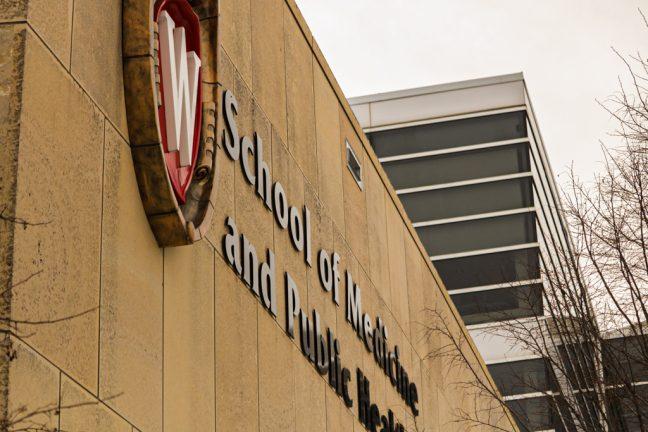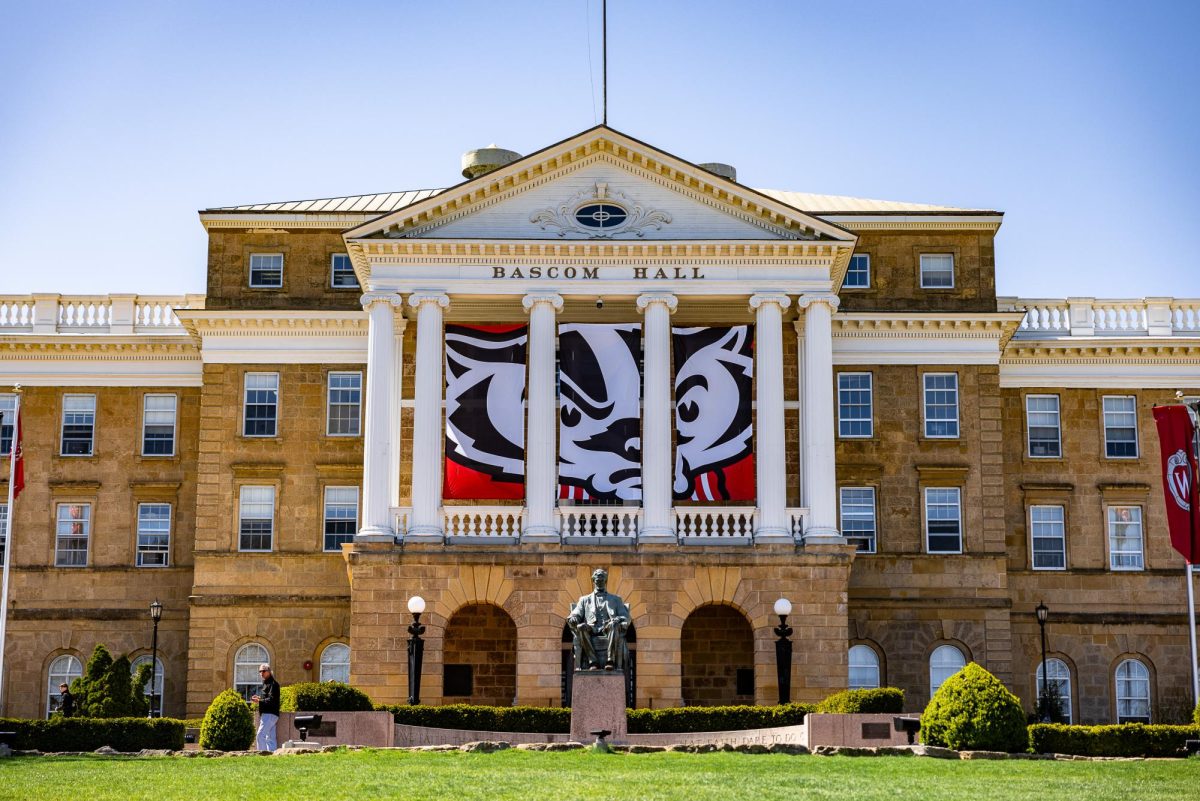Gov. Jim Doyle’s announcement of the future high speed rail station location marks a significant step towards fully realizing the major project, but opponents remain unconvinced of the merit of the project.
Doyle announced July 1 the station will be located at the Wisconsin Department of Administration building at 101 E. Wilson St.
Work on the high-speed rail to connect Milwaukee and Madison is scheduled to begin this year, with intercity stops planned in Brookfield, Oconomowoc and Watertown. There is currently no passenger train service between Milwaukee and Madison.
The train is projected to travel at speeds reaching 110 miles per hour according to an Obama Administration statement.
Wisconsin was named the recipient of $823 million specifically earmarked for high-speed rail transportation development.
Minnesota was also awarded high-speed rail money. Proponents ultimately hope to connect the Twin Cities with Madison, Milwaukee and Chicago. There are currently no rail connections between the four cities.
Not everyone is anticipating the arrival of the rail however. Both Republican candidates for governor, Scott Walker and Mark Neumann, are opposed to the project and have pledged to stop the project if they are elected.
Both have said they will either ask the Obama administration to open up the funds for use on other transportation development or give the money back to Washington.
“Every announcement by Gov. Doyle and Mayor Barrett on their controversial train boondoggle further commits our state to their pet project that taxpayers literally cannot afford,” Walker said in a statement.
There has also been mention by the gubernatorial candidates of shutting down the project if taxpayers are asked to pay operating costs of the rail after completion.
Neumann has expressed doubt that the federal government can afford to distribute high-speed rail funds.
“If [the federal government] did have $810 million and it was burning a hole in their pocket to spend out here in Wisconsin, I would use it for tax cuts, because I understand that if you cut taxes and people keep more of their own money, they will either spend it or save it, either of which leads to job growth and economic development,” Neumann said at a press conference.
There is also doubt that the benefits of the rail system will offset the cost of building it in the first place.
Although the Wisconsin Department of Transportation has posted positive ridership projection numbers, David Noyce, a UW engineering professor, said he has not seen any evidence to justify these numbers or to compare the numbers to ridership from Milwaukee to Madison.
“I have not seen any evidence to suggest that ridership levels will justify its cost,” Noyce said. “Although some may choose to take the train instead of drive their car, it is also likely that those who take the train may have otherwise rode the bus that currently travels between Madison and Milwaukee each day, reducing bus ridership.”
Proponents such as Doyle and Madison Mayor Dave Cieslewicz maintain the train system will improve commerce and transportation in Wisconsin as well as create thousands of jobs.















